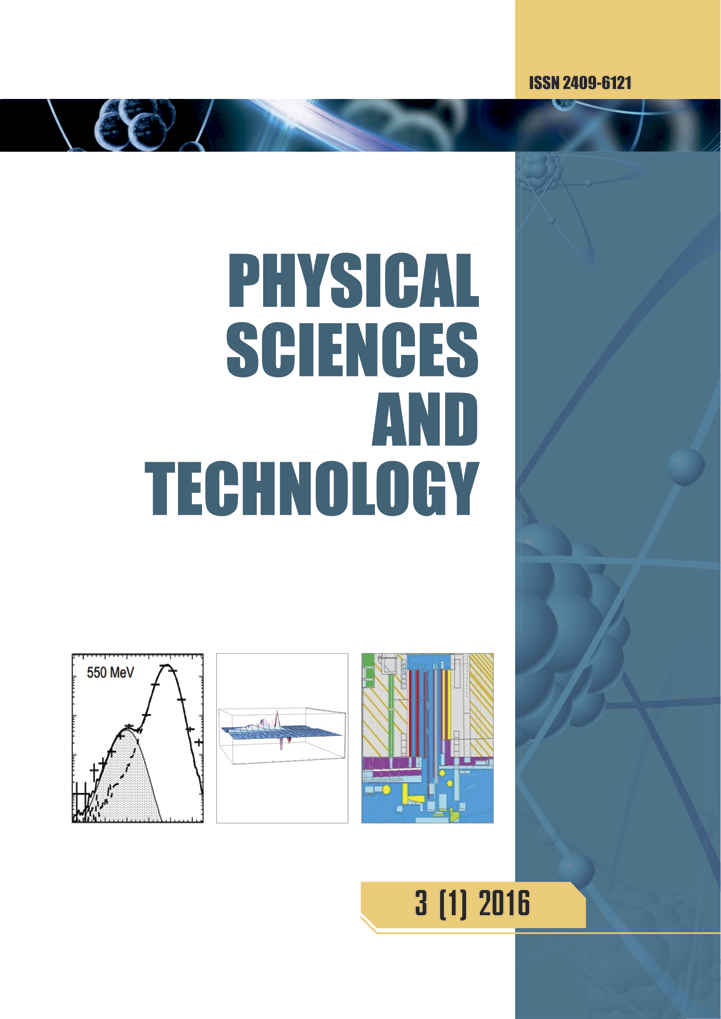Influence of plasma and heat treatments on the properties of ZnO nanorods
DOI:
https://doi.org/10.26577/phst.2022.v9.i2.02Abstract
Oxide semiconductor nanostructured materials attract considerable attention of researchers due to their efficiency in electronics, optics, photonics, and other applications. One-dimensional semiconductor nanostructures such as nanowires, nanorods, and nanotubes are widely used for both academic research and industrial applications. Such nanostructures are useful materials for investigating of the dependence of electrical, thermal, and mechanical properties on dimensionality and size reduction. Actual study is the effect of postgrowth treatments on the properties of synthesized materials in order to improve their optical and electrical characteristics. In this work, we consider the effect of thermal annealing and treatment in hydrogen plasma on the morphology, optical, structural, and photoluminescent properties of samples consisting of zinc oxide nanorods obtained by chemical solution deposition. It is shown that the passivation of charged oxygen acceptors on the surface of grain boundaries upon short-term treatment in hydrogen plasma followed by thermal treatment in air makes it possible to activate the photoluminescence of ZnO obtained by chemical solution deposition and to obtain conductive transparent layers of ZnO nanorods with intense photoluminescence.




